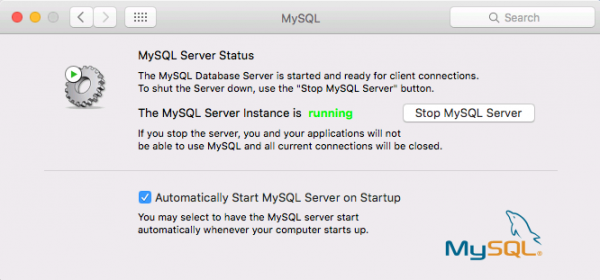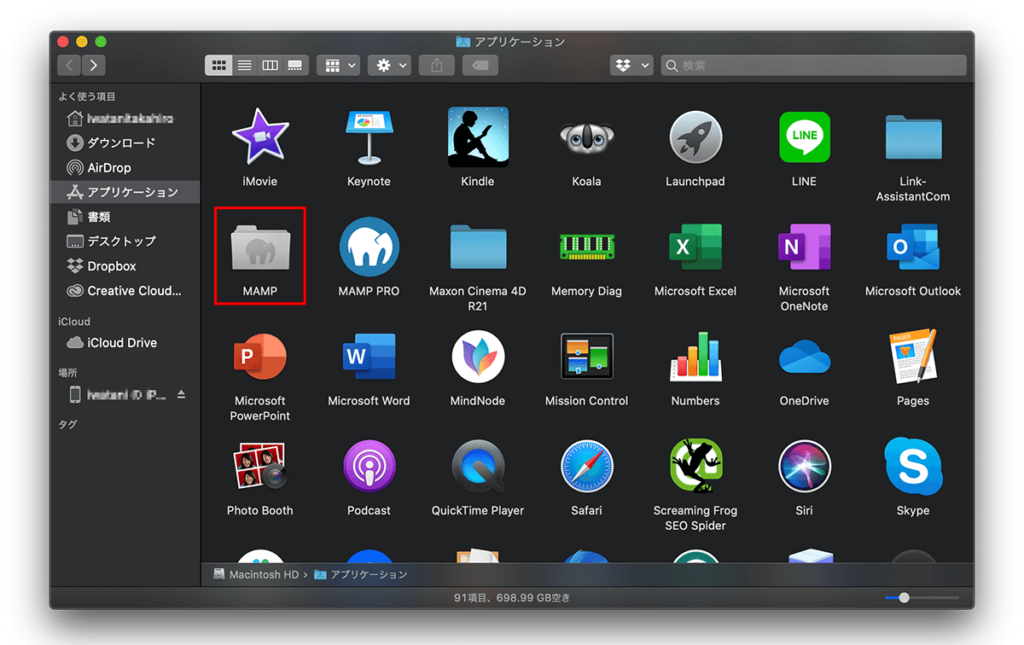2.3.4.6 Starting MySQL from the Windows Command Line
The MySQL server can be started manually from the command line. This can be done on any version of Windows.
Import data from an external MySQL DB instance into an Amazon RDS DB instance by first dumping it using the mysqldump command line utility. You then import it using the LOAD DATA LOCAL INFILE command and use replication to bring the instances into sync. MySQL Installer automatically installs MySQL Server and additional MySQL products, creates an options file, starts the server, and enables you to create default user accounts. For more information on choosing a package, see Section 2.3.2, “Choosing an Installation Package”.
To start the mysqld server from the command line, you should start a console window (or “DOS window”) and enter this command:
The path to mysqld may vary depending on the install location of MySQL on your system.


Macos Mysql Start
You can stop the MySQL server by executing this command:
If the MySQL root user account has a password, you need to invoke mysqladmin with the -p option and supply the password when prompted.
This command invokes the MySQL administrative utility mysqladmin to connect to the server and tell it to shut down. The command connects as the MySQL root user, which is the default administrative account in the MySQL grant system.

Users in the MySQL grant system are wholly independent from any operating system users under Microsoft Windows.
If mysqld doesn't start, check the error log to see whether the server wrote any messages there to indicate the cause of the problem. By default, the error log is located in the C:Program FilesMySQLMySQL Server 8.0data directory. It is the file with a suffix of .err, or may be specified by passing in the --log-error option. Alternatively, you can try to start the server with the --console option; in this case, the server may display some useful information on the screen to help solve the problem.
:max_bytes(150000):strip_icc()/201-003-how-to-install-mysql-on-macos-4586389-a9568a1ae02d4df58a57fcd9444f5d13.jpg)
The last option is to start mysqld with the --standalone and --debug options. In this case, mysqld writes a log file C:mysqld.trace that should contain the reason why mysqld doesn't start. See Section 5.9.4, “The DBUG Package”.
Macos Mysql Start Stop
Use mysqld --verbose --help to display all the options that mysqld supports.
